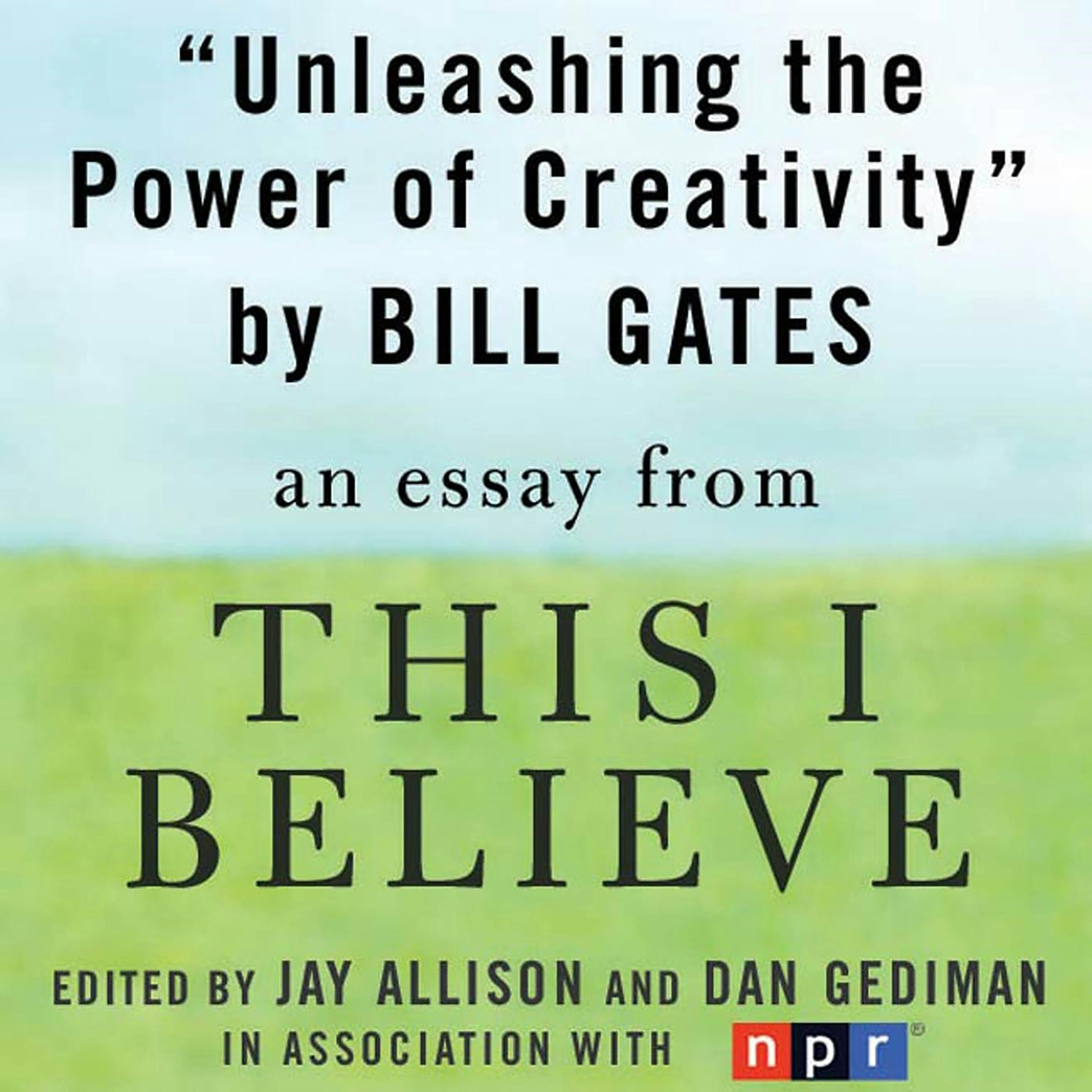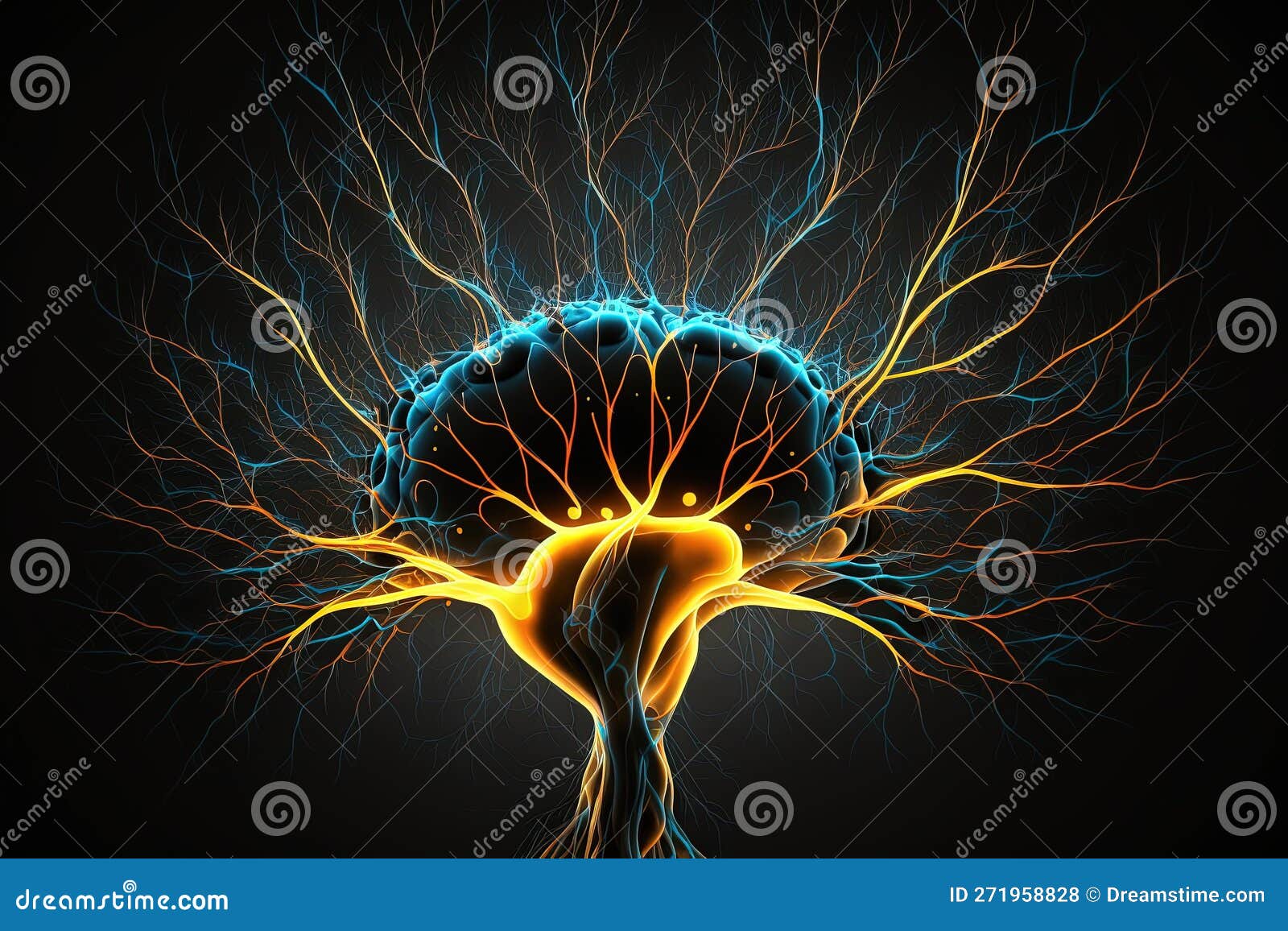Communication is key for teachers to build strong connections with their students and promote growth. Letters can be a valuable tool to foster understanding, provide feedback, and facilitate open dialogue between teachers and students.
Overcoming Challenges
Teachers often face challenges such as large class sizes, time constraints, and diverse student needs. These factors can make it difficult for teachers to effectively communicate with each student on a regular basis.
Bridging the Communication Gap
Letters provide a structured and meaningful way for teachers to connect with students individually. They can be used to provide personalized feedback, clarify concepts, and address any concerns or questions that students may have.
Unleashing the Power of Communication in Letters
Understanding Letter Writing
Letter writing provides an opportunity for teachers to demonstrate their compassion and support for students. Through letters, teachers can acknowledge students’ strengths, provide constructive criticism, and offer guidance and encouragement.

Communications Letter – How to write a Communications letter? Download – Source www.pinterest.com
History and Evolution
The art of letter writing has a rich history dating back to ancient times. Teachers throughout the centuries have used letters to connect with students and convey important messages. Historically, letters were often handwritten and delivered by mail, but with modern technology, teachers can now send and receive letters electronically.

Unleashing the Power of Creativity – Source us.macmillan.com
Hidden Secrets of Letter Writing
Effective letter writing involves more than just conveying information. It requires careful attention to language, tone, and structure. By understanding the nuances of letter writing, teachers can create powerful and meaningful communications that resonate with students.

This Ontario high school teacher mailed handwritten letters to each of – Source www.cbc.ca
Recommendations for Effective Letters
To write impactful letters, teachers should consider the following recommendations: Use clear and concise language. Focus on the student’s strengths and needs. Provide specific examples to illustrate feedback and guidance. Encourage open and respectful dialogue.

Brain Power: Unleashing the Potential of Neuronal ConnectionsNeuronal – Source www.dreamstime.com
Benefits of Letter Writing
Letters offer numerous benefits for both teachers and students. For teachers, letters provide a valuable way to monitor student progress, provide timely feedback, and build relationships with students and their families. For students, letters foster a sense of self-reflection, encourage open communication, and support their emotional well-being.
Tips for Writing Effective Letters
To write effective letters, teachers can follow these tips: Establish a clear purpose for each letter. Adapt the tone and language to the individual student. Provide specific, actionable feedback. Use positive language and avoid jargon. Ensure the letter is well-organized and easy to read.

Who Can Foster – Fostering Connections – Source www.fostering-connections.com
Additional Benefits
In addition to the aforementioned benefits, letters can also help students develop their writing and communication skills. By writing letters to their teachers, students have the opportunity to practice expressing their thoughts and ideas in a structured and meaningful way.
Fun Facts about Letter Writing
Letter writing has some interesting and fun facts associated with it: The Guinness World Record for the longest handwritten letter is held by a letter that measures over 22 miles long. The first email was sent in 1971 and was only 23 characters long. The term “snail mail” is used to describe traditional postal mail delivery due to its slow speed compared to electronic mail.

“Unleashing the Power of Chat GPT: Revolutionizing Communication in the – Source 143news.in
How to Write a Meaningful Letter to a Student
To write a meaningful letter to a student, teachers should follow these steps: Begin with a warm greeting and address the student by name. State the purpose of the letter clearly. Provide specific feedback and guidance. Offer encouragement and praise. End with a positive and supportive note.

Don’t be fooled by coloring pages! They’re not just a time-saver or no – Source www.pinterest.at
What If…
Some may wonder what would happen if teachers stopped writing letters to students: Communication between teachers and students would become less personal and meaningful. Students would receive less individualized feedback and support. The emotional connection between teachers and students would be weakened. Overall, the educational experience would suffer without the use of letters as a communication tool.
Listicle: 5 Ways Letter Writing Enhances Communication
1. Establishes Personalized Connections 2. Facilitates Clear and Specific Feedback 3. Encourages Open and Honest Dialogue 4. Provides a Written Record for Future Reference 5. Promotes Student Growth and Self-Reflection
Question and Answer
1. Why is writing letters to students beneficial? Letters foster communication, provide feedback, and build relationships.
2. What is the purpose of letter writing in teaching? Letter writing allows teachers to connect with students individually and provide personalized support.
3. What should teachers consider when writing letters to students? Teachers should use clear language, focus on the student’s needs, and provide specific examples.
4. How can letters enhance student development? Letters encourage self-reflection, open communication, and support emotional well-being.
